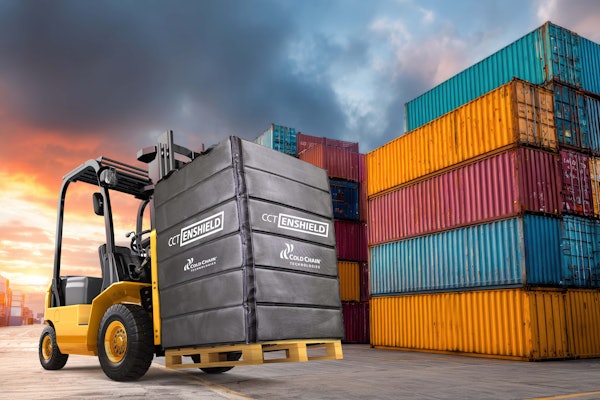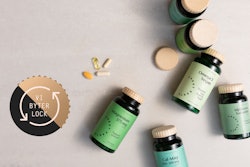"Competitive pressure has been around for years," he says. "But with the growth of more generic drugs coupled with drugs going off patent, margins are going down."
When it comes to OEE, Nguyen believes pharmaceutical firms should emulate the semiconductor business.
Today, OEE in the pharmaceutical industry measures in the 30%- to 38%-range, Nguyen estimates. "The best in class in any industry for batch operation is 86-percent," he says, "and 95-percent for continuous operation. So pharmaceuticals are way behind. But that means there's room for improvement with minimum investments."
Sharing the view of many, Nguyen says knowing OEE figures alone isn't enough to improve efficiency. "You need to have a system in place to track the root causes of your delays, the reasons why you have downtime, and then act on improving performance."
Beyond equipment efficiencies, Nguyen suggests OEE benefits can deliver a broader benefit to pharmaceutical firms and shareholders. "I recently read an article about a study that provided a correlation between a high OEE and the stock price of a company. OEE allows a company to benchmark itself, and make more with existing equipment, which means a higher return on investment. So if your company makes more profits, the markets can reward you by boosting your stock price."



















